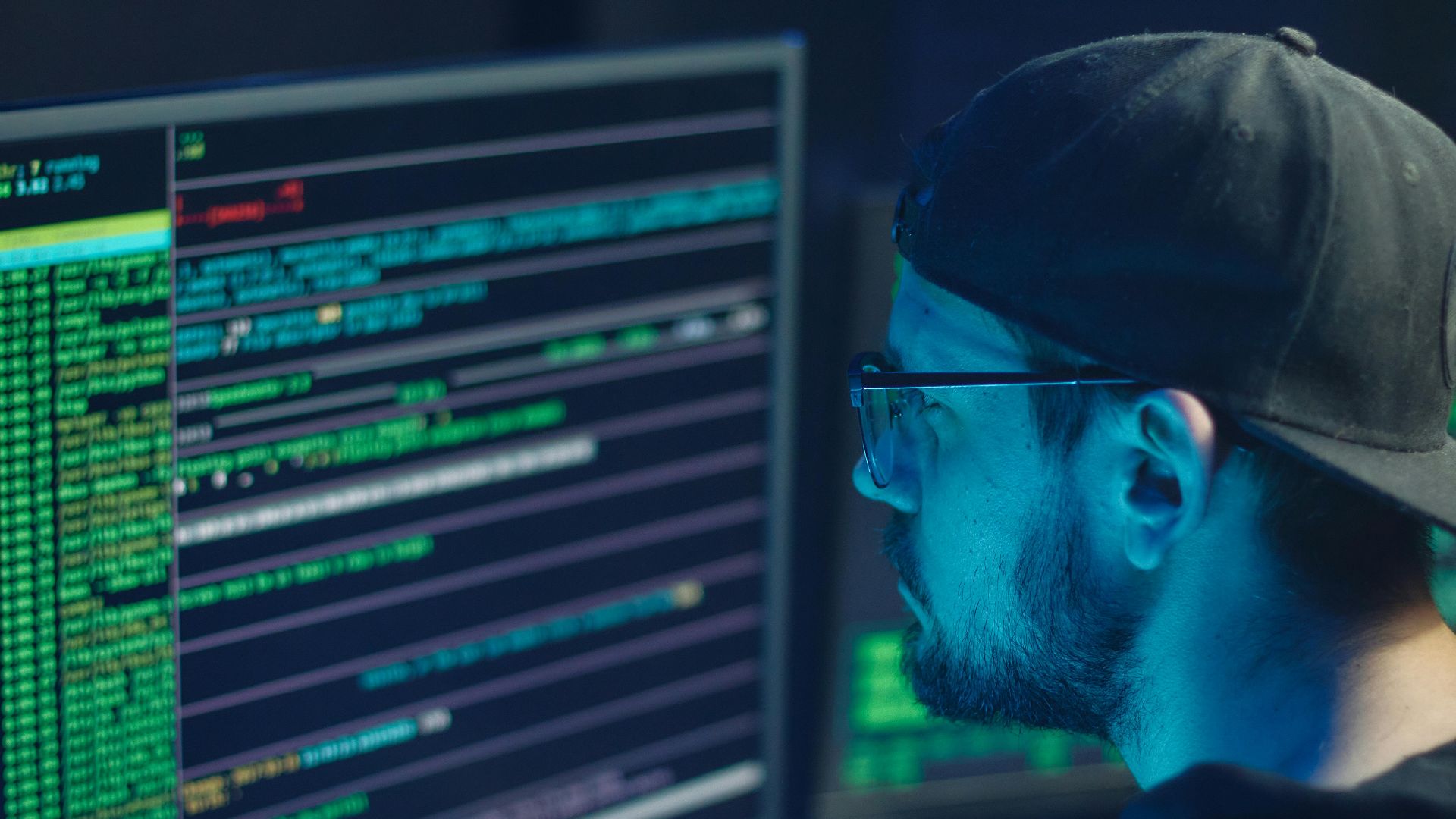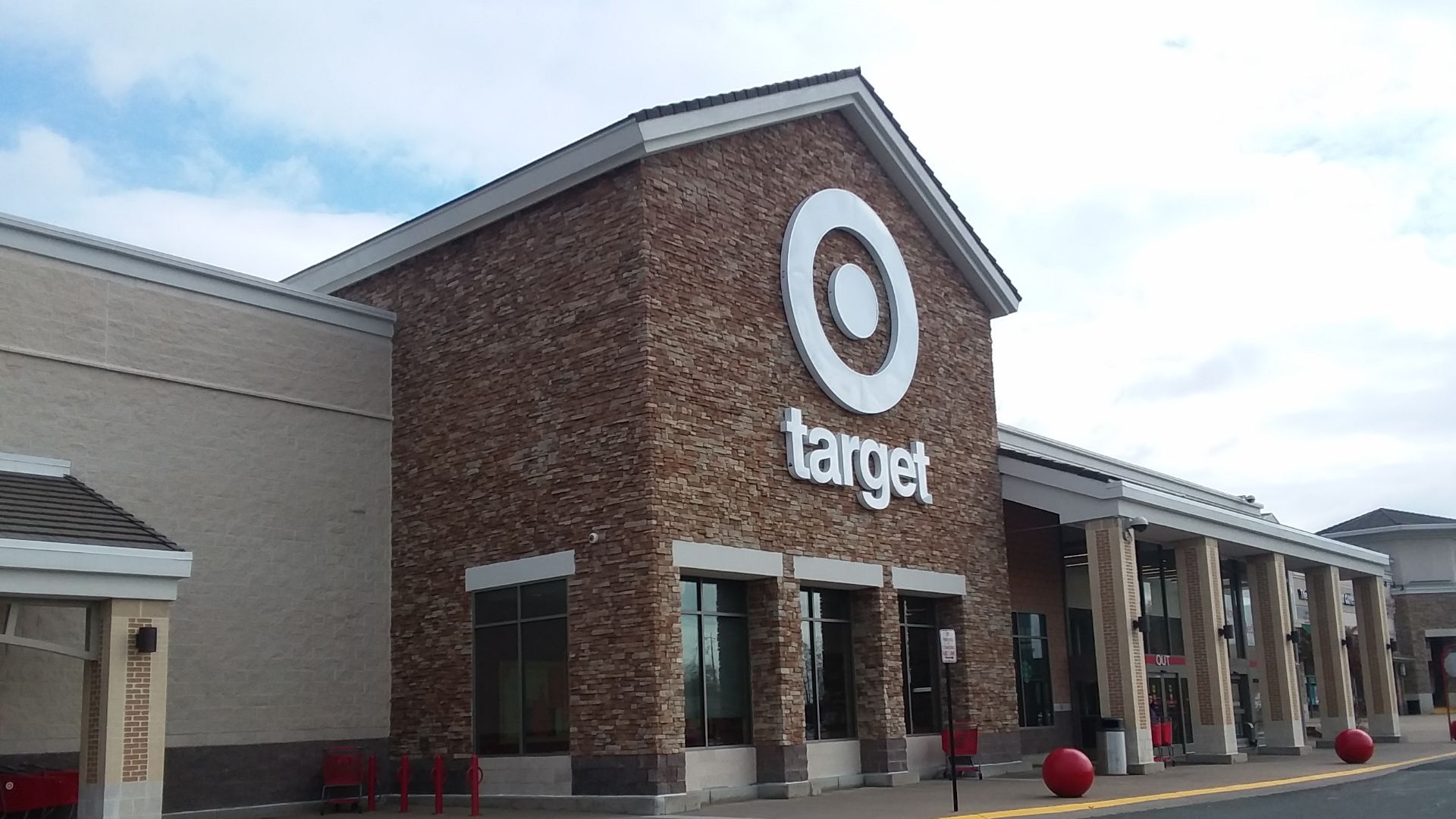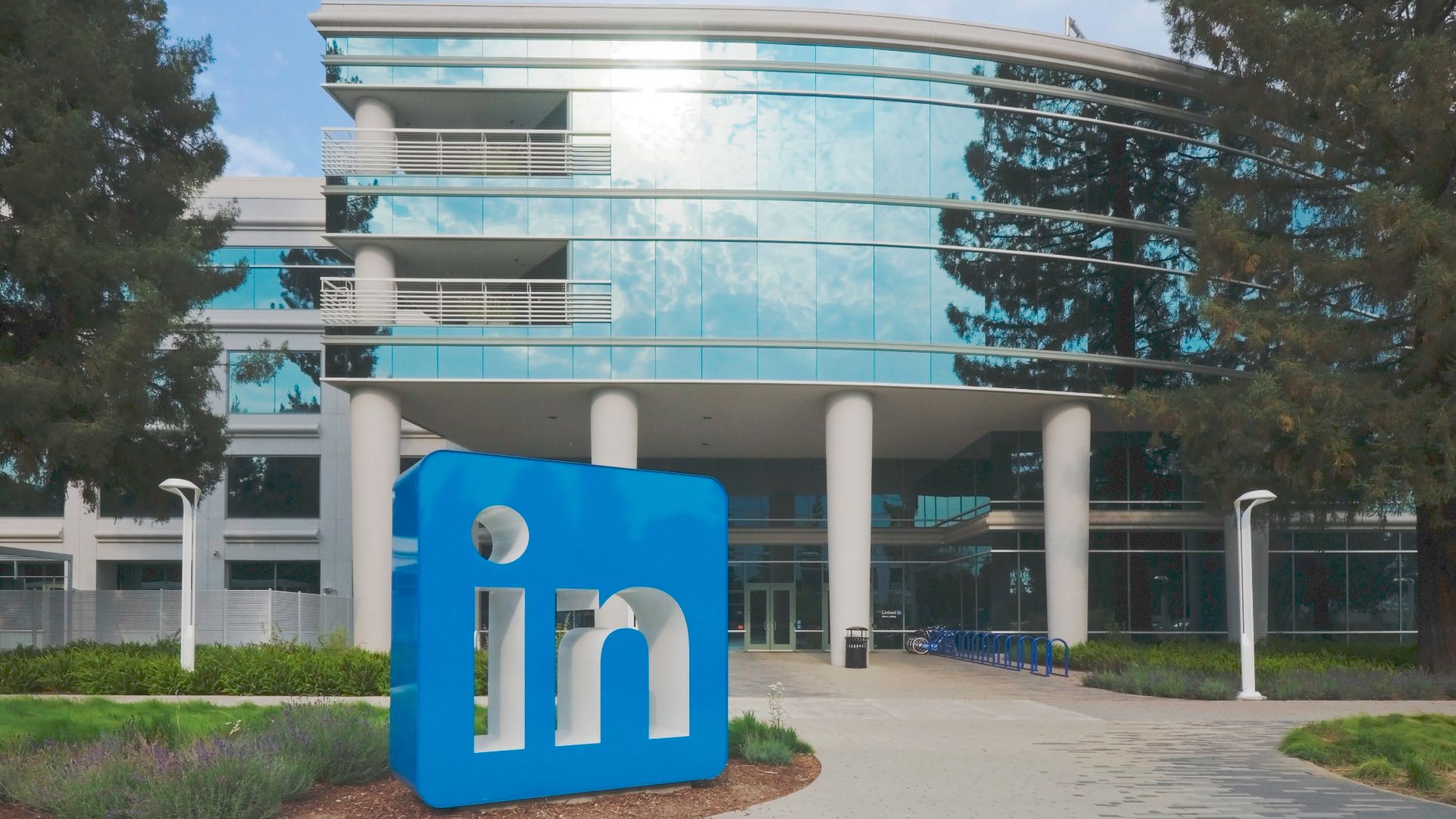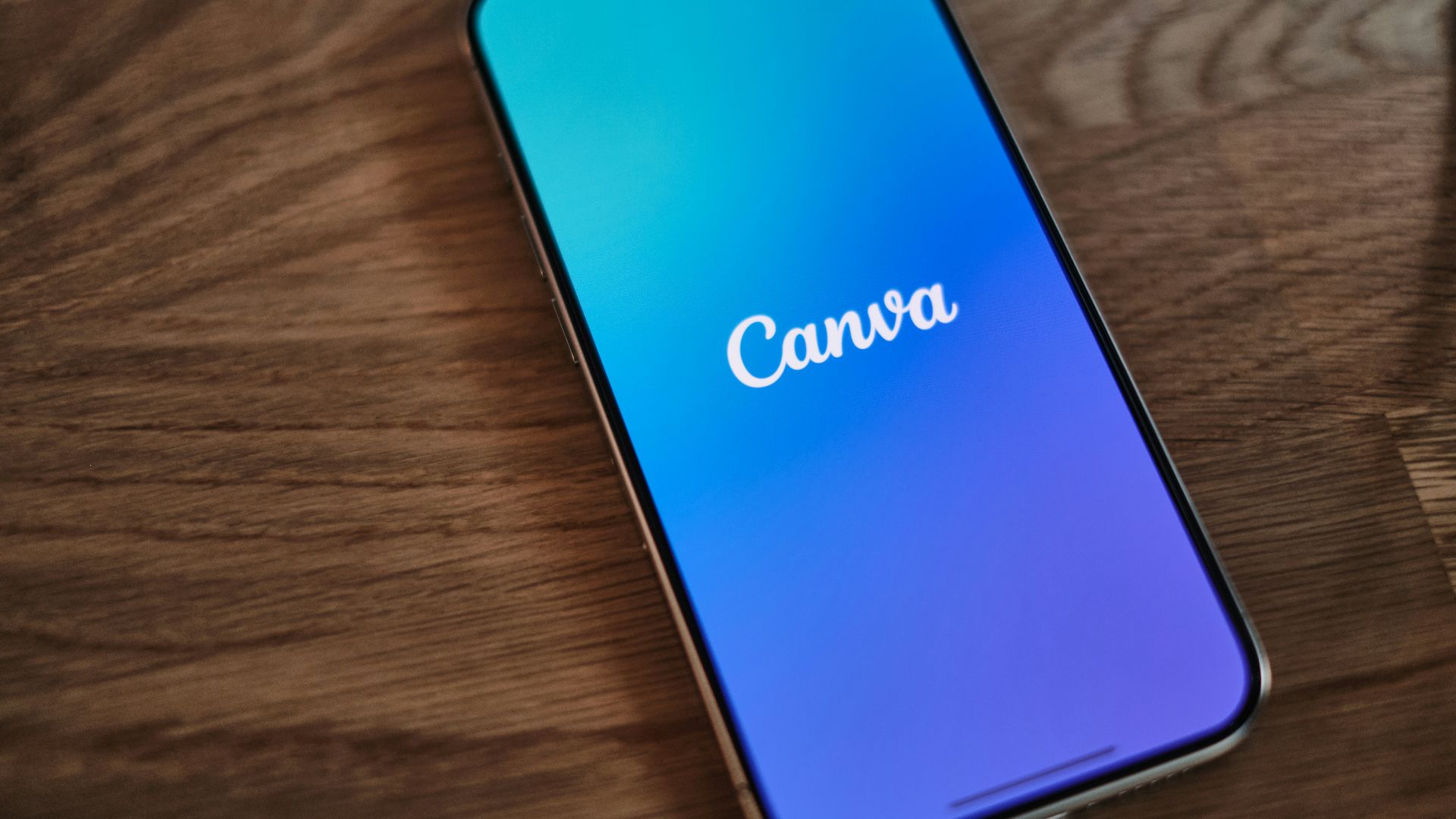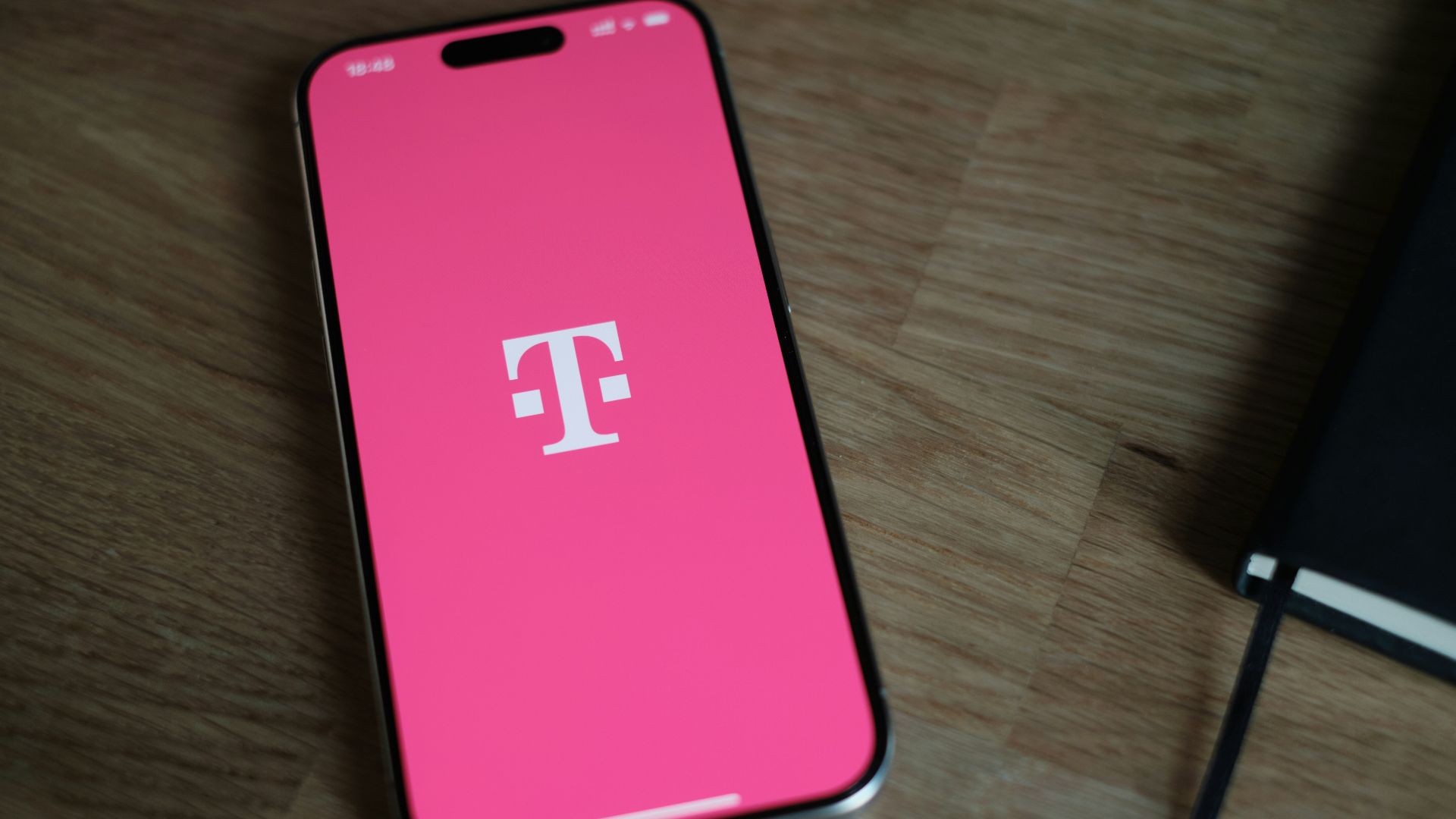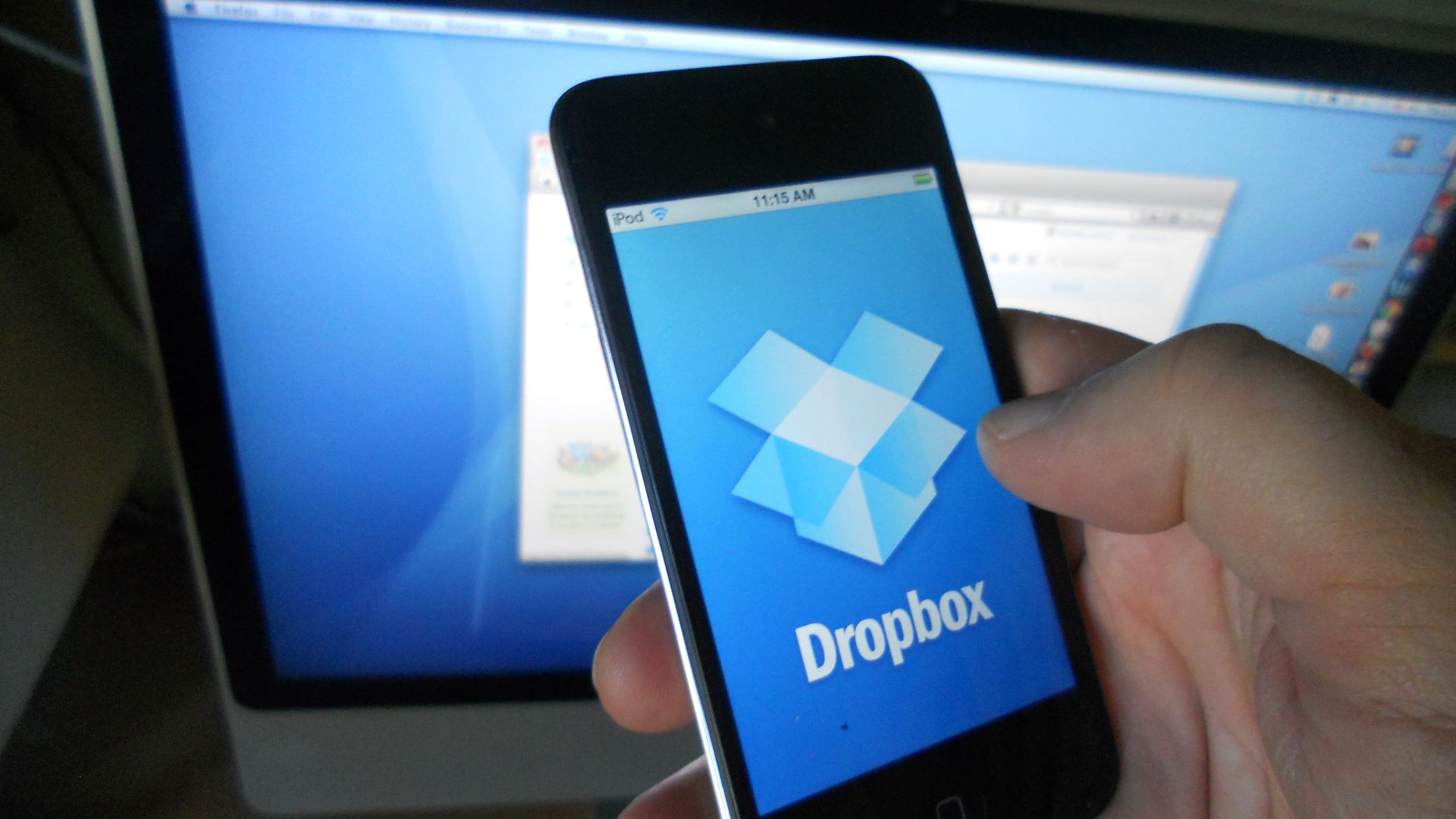From Spotlight to Silence
There’s something oddly cinematic about a massive data breach. First come the headlines and the panicked press releases. Next, the public realizes that their passwords and private information have been set loose on the internet. The truth is, the biggest cyberattacks aren’t always the ones you hear about. Some slip through quietly, buried under NDAs or dismissed as technical incidents. Others target places too small to make the news, but big enough to make a life miserable. Let’s look at ten breaches that rattled the digital world, and ten that barely made a sound.
1. Yahoo (2013–2014)
Three billion accounts were compromised in this attack. It’s the largest data breach in history, yet somehow it’s faded from collective memory. Names, emails, security questions—all gone. You could say Yahoo’s fall from relevance began with this moment when trust fully evaporated.
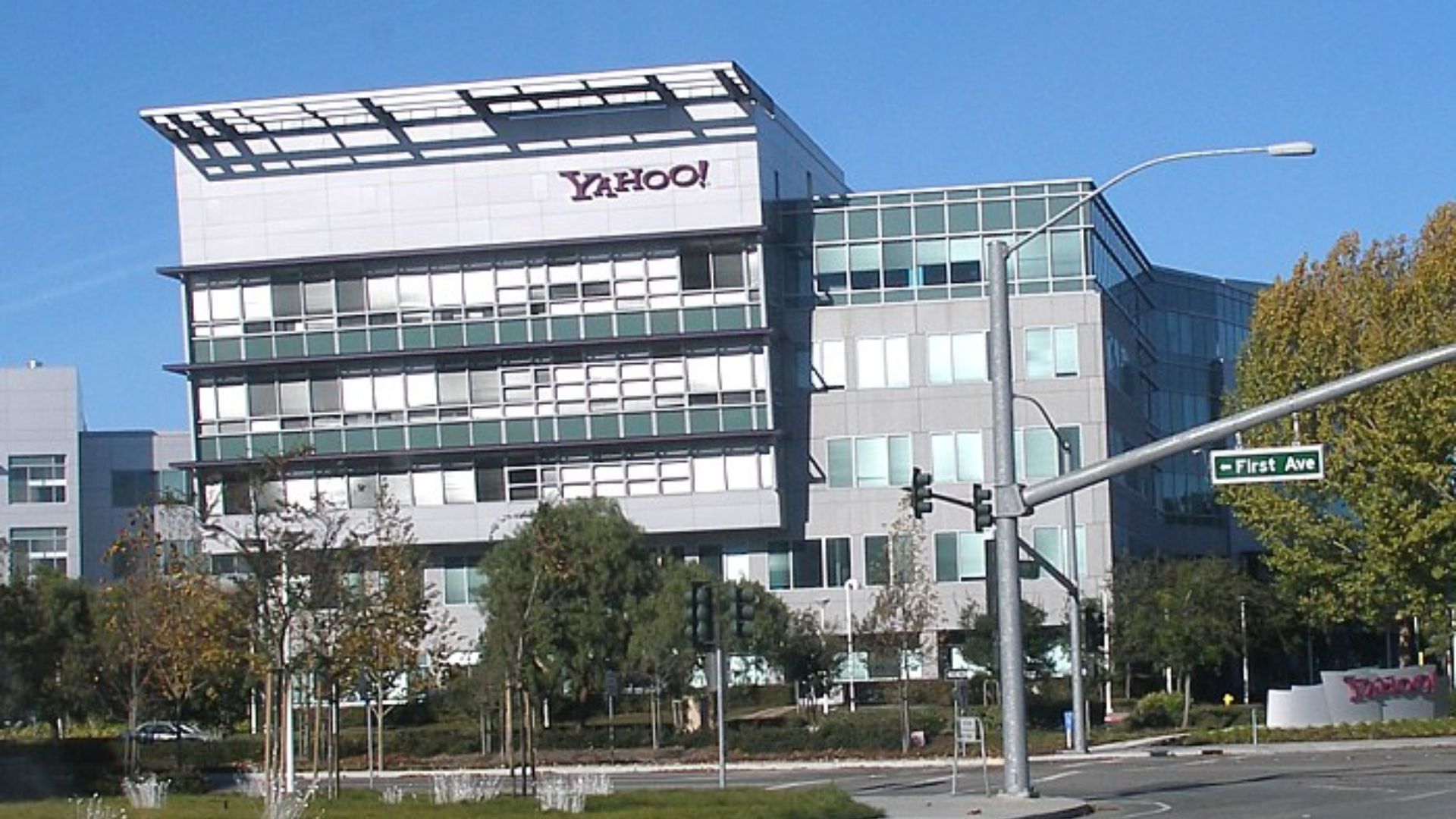 photographer Coolcaesar on Wikimedia
photographer Coolcaesar on Wikimedia
2. Equifax (2017)
Few breaches cut as deep as this one, where 147 million Americans had their Social Security numbers, birthdays, and credit histories laid bare. It wasn’t just identity theft; it was identity exposure. One forgotten website update led to billions in damage.
3. Target (2013)
Hackers targeted an HVAC vendor with third-party login access to Target’s network. From there, attackers stole 40 million credit card numbers and 70 million customer records. It made everyone suddenly aware that department stores were doubling as warehouses of personal data.
4. Sony Pictures (2014)
This hack was retaliation by North Korea for Sony’s film The Interview. As a result, private emails were leaked and salaries exposed. Some unreleased films were even dumped online. It was a strange moment when Hollywood met cyberwarfare, and a comedy poking fun at Kim Jong Un became an international incident.
5. Colonial Pipeline (2021)
During this hack, a single compromised password shut down the largest fuel pipeline in the U.S. for nearly a week. As a result, gas stations were left empty and fuel prices spiked. It was ransomware with real-world consequences. The hackers, operating under the name DarkSide, got their payout in Bitcoin, though the FBI managed to recover some of it later.
 formulanone from Huntsville, United States on Wikimedia
formulanone from Huntsville, United States on Wikimedia
6. Marriott International (2014–2018)
Lax security measures allowed this breach to continue for several years. Over the course of four years, 500 million guests had their passport numbers and travel histories exposed. It was the kind of intimate information dump no one thinks about when checking in at the front desk.
7. Ashley Madison (2015)
The website’s slogan was “Life is short. Have an affair.” When hackers leaked user data, it wasn’t just a privacy breach; it was social detonation. People’s reputations were destroyed, and their marriages ended.
8. LinkedIn (2012 & 2016)
These two breaches may have occurred years apart, but combined, they compromised over 700 million users. Suddenly, job recruiters weren’t the only ones interested in your work history. The most alarming part is that the company didn’t even realize the full scope until years afterward.
9. WannaCry (2017)
This ransomware attack paralyzed hospitals, railways, and businesses across 150 countries. It nearly forced the UK’s National Health Service to shut down. The malware spread through an exploit leaked from the NSA, of all places.
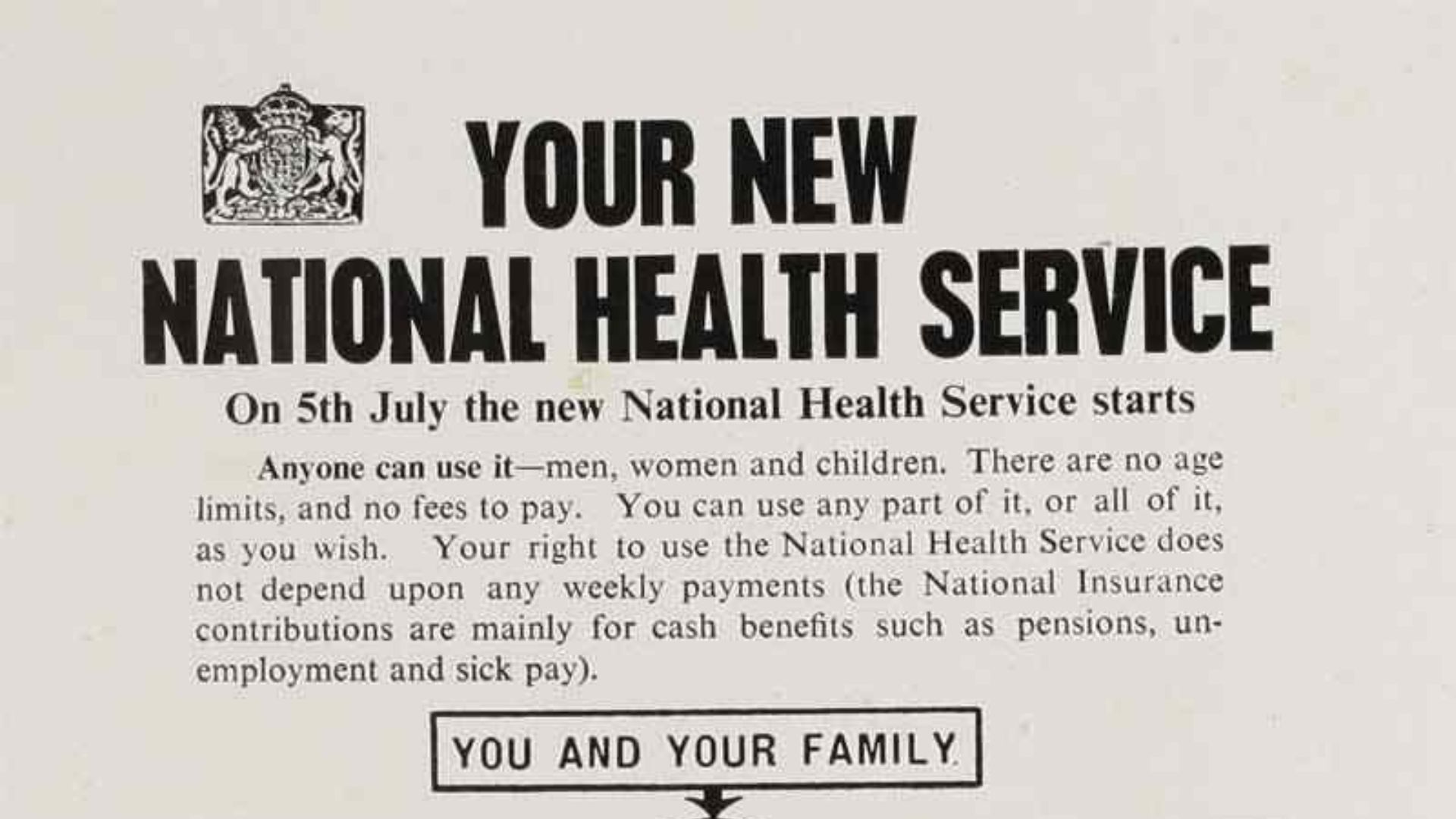 Unknown authorUnknown author on Wikimedia
Unknown authorUnknown author on Wikimedia
10. Facebook / Cambridge Analytica (2018)
Although this wasn’t a breach in the technical sense, it was a violation of personal privacy nonetheless. During this scandal, millions of users’ data were mined, analyzed, and weaponized for political campaigns. We learned, belatedly, that privacy settings meant very little.
Now for the breaches that never made splashy headlines on cable news but still made their mark.
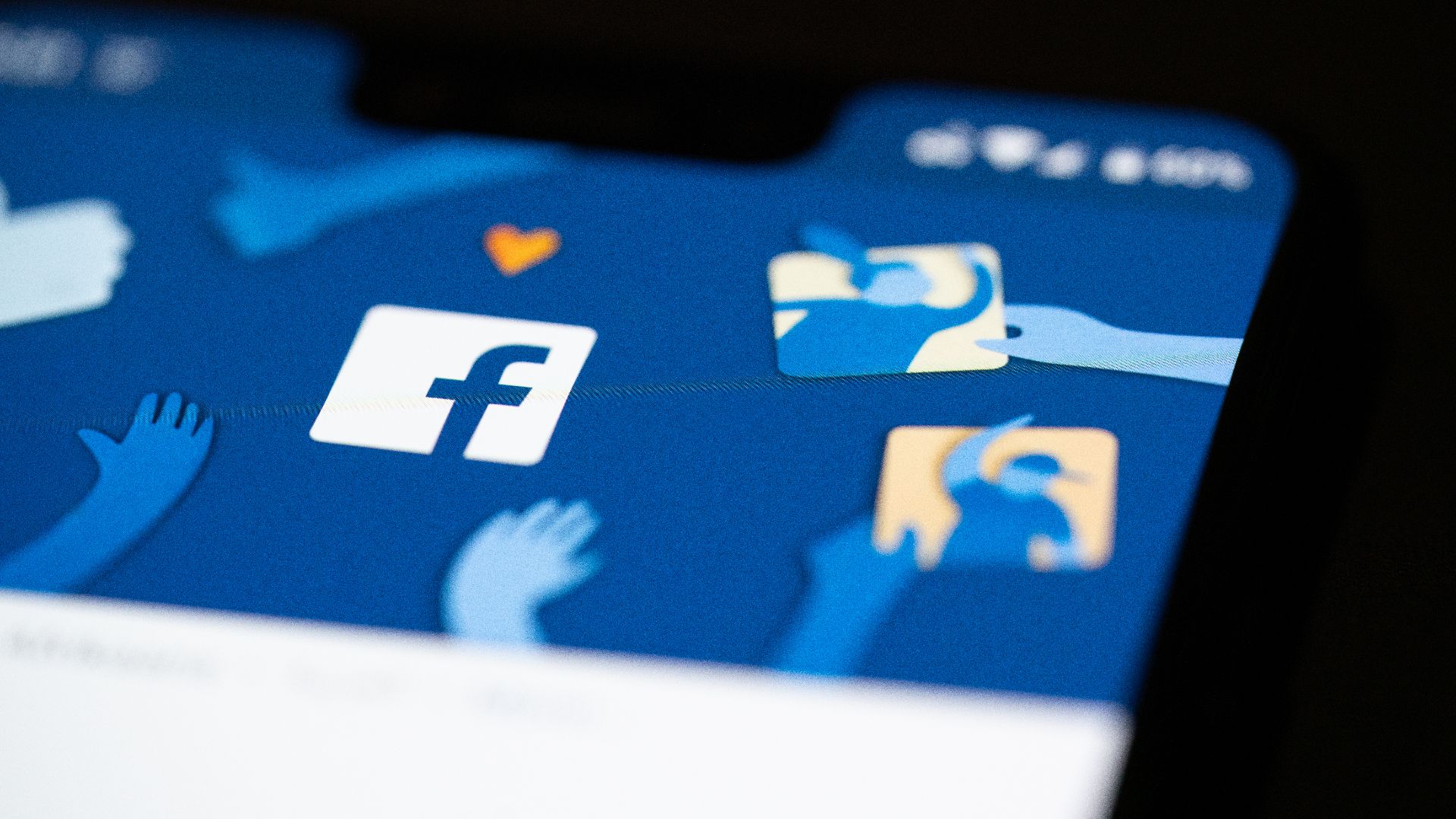 Tony Webster from Minneapolis, Minnesota, United States on Wikimedia
Tony Webster from Minneapolis, Minnesota, United States on Wikimedia
11. Canva (2019)
This well-known design platform, beloved by freelancers and small businesses, quietly lost 139 million user accounts. Most users only learned about it through Reddit threads and unexpected password reset prompts.
12. MyFitnessPal (2018)
The idea that someone would want to hack a calorie tracker might seem absurd, but 150 million users were compromised in the breach. Maybe someone just wanted to know how much granola everyone was eating—or maybe personal data truly is so valuable that the source doesn’t matter.
13. British Airways (2018)
During this two-week breach, over 400,000 customers had their personal and payment data skimmed from the airline’s website. The hackers even inserted malicious code that made the site look normal.
14. Adobe (2013)
Thirty-eight million users were affected by this attack. In addition to stealing customers’ data, hackers also stole Adobe’s source code for several major products, including Photoshop, Acrobat, and ColdFusion. Source code theft is particularly concerning because it can allow attackers to find vulnerabilities in the software itself.
15. eBay (2014)
The hack went on for months before they discovered that 233 million customers had been affected. Attackers stole encrypted passwords and personal data, but eBay downplayed the impact. Users were simply told to change their passwords, as if that would undo the damage.
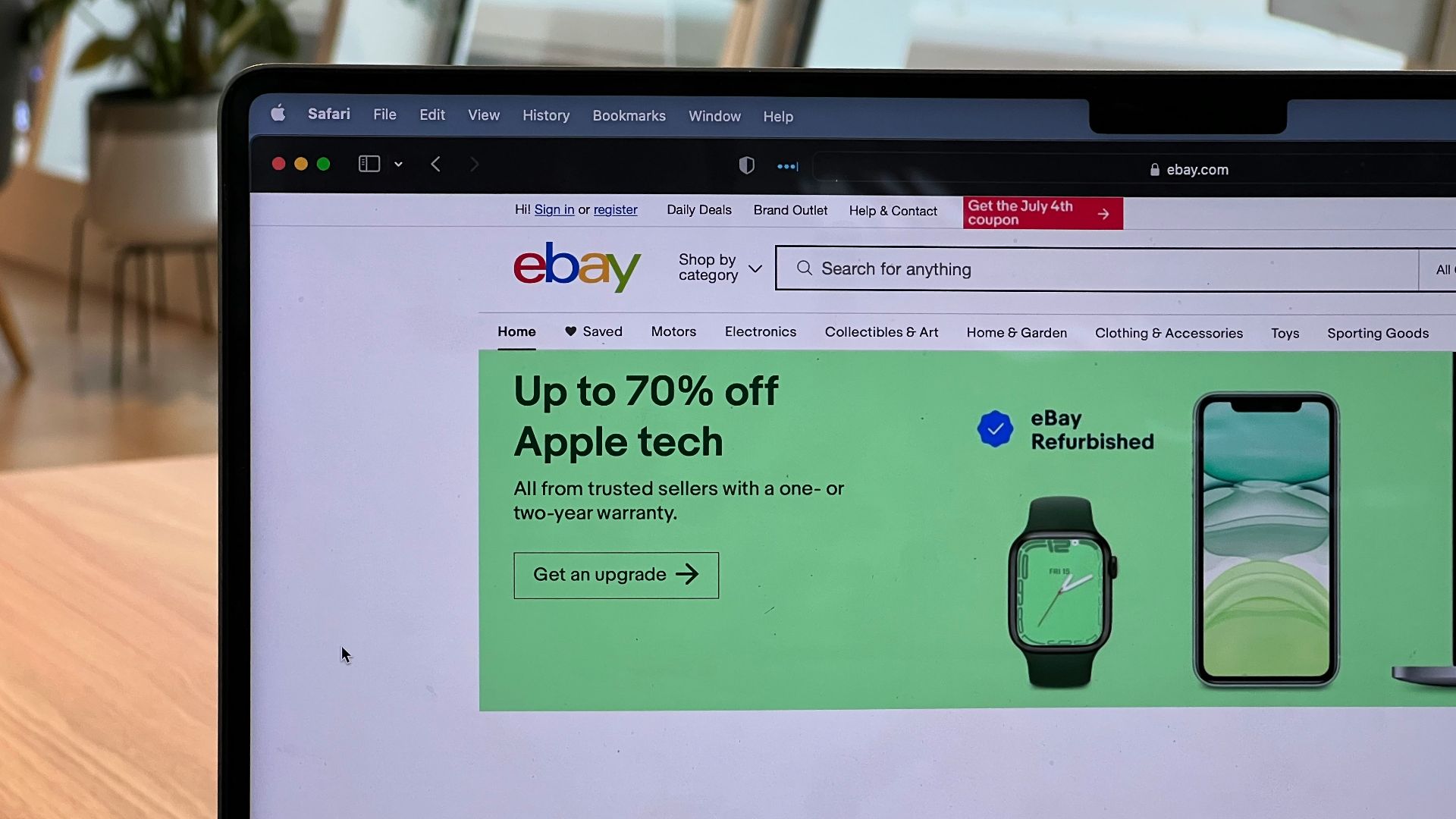 Oberon Copeland @veryinformed.com on Unsplash
Oberon Copeland @veryinformed.com on Unsplash
16. T-Mobile (Multiple Years)
This mobile company has experienced five major breaches since 2018, each one more embarrassing than the last. The 2021 incident exposed data from 50 million people, including driver’s license numbers and IMEIs. You’d think that by now they’d have tightened up their security measures.
17. Dropbox (2012)
It took four years for Dropbox to admit 68 million credentials had been stolen. For years, people reused those same passwords across other sites, unknowingly feeding an underground market of access.
18. Adult FriendFinder (2016)
Four hundred million user records leaked during this breach, and while it wasn’t the first adult site to get hacked, it was one of the most revealing. Beyond the scandal, it exposed the darker truth that companies promising discretion often don’t deliver.
 Priscilla Du Preez 🇨🇦 on Unsplash
Priscilla Du Preez 🇨🇦 on Unsplash
19. TeslaCrypt (2015)
Before ransomware became a household term, TeslaCrypt targeted gamers, encrypting files related to Call of Duty and Minecraft. Gamers, desperate to recover progress or rare digital items, often paid up to recover their files. It may sound absurd, but the hackers made millions off this scheme.
20. The Panama Papers (2016)
Although this was technically a leak rather than a breach, it had a similar impact. When 11.5 million files from Mossack Fonseca were released, they revealed the offshore finances of politicians, celebrities, and billionaires. The impact was seismic, with entire governments toppling as a result.


